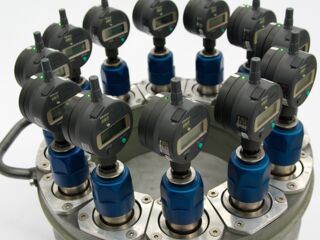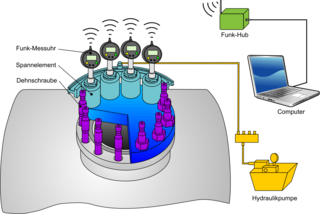
AMTEC Assembly Equipment
Hydraulic Tensioning
In the case of safety-related components, e.g. in nuclear power plants, we rely on the hydraulic clamping method, since friction effects are of secondary effect and there are practically no torsional stresses in the bolts. In addition, all bolts in a connection can be tightened at the same time, eliminating the need for a complicated tightening sequence. In addition, the elements of the connection - especially the sealing elements - are loaded beyond their subsequent preload. Setting and relaxation processes are thus accelerated and have subsided at the end of the clamping process.
Monitoring of the Bolt Stress
In order to control the level of the resulting bolt stresses and to narrow the scatter band of the stress, an explicit measurement of the bolt stress may be necessary. Therefore, in addition to the hydraulic clamping devices, we have developed various systems that allow a complete control of the clamping process.

Under the product name TEMES fl.ctrl we manufacture hydraulic tensioners for the assembly of flange connections, which can be used either as individual clamping cylinders or as a complete system.
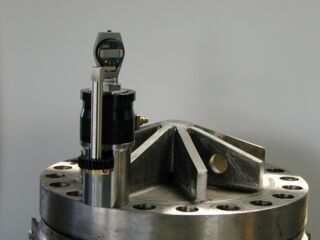
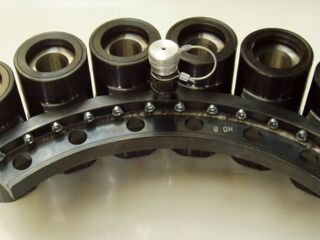

In the TEMESokto.ms system, the TEMESfl.ctrl tensioners are equipped with specially developed elongation measuring elements - the "OKTO" sensors - which are placed directly on top of the tension nuts. They measure the elongation of bolts with an inner pin during the entire tightening process.
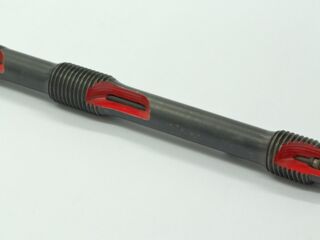
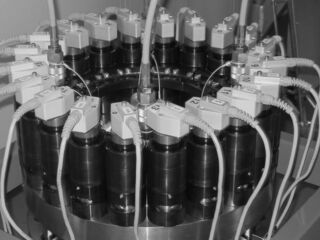
All stages of the tensioning process are visible on the screen of a connected notebook/tablet. This allows individual bolts to be adjusted in a controlled manner and the resulting preload can be achieved with high precision.
At the end of the tensioning process, the quality of the assembly can be documented.

